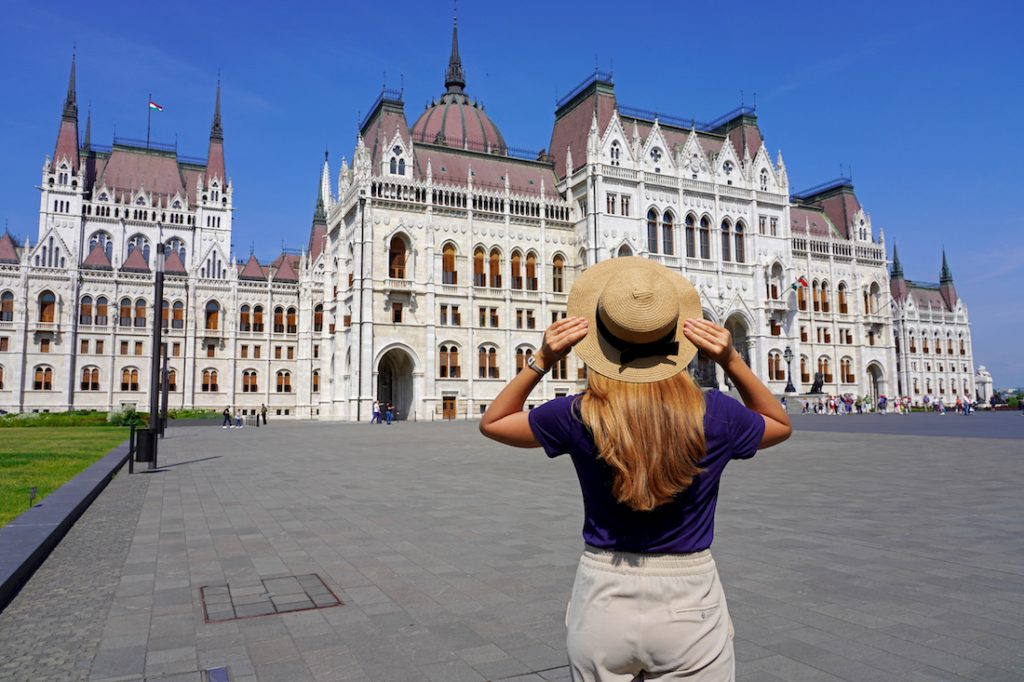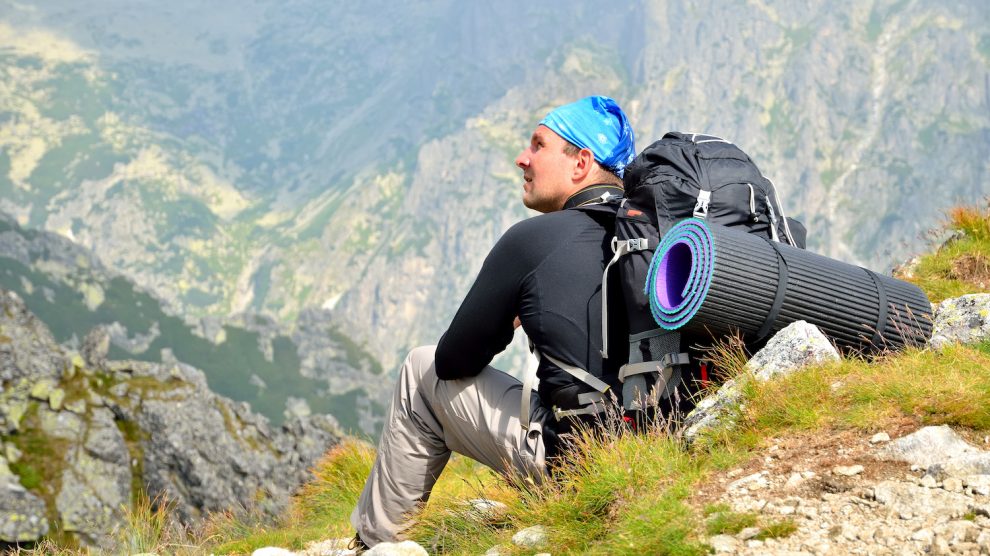The first ever comprehensive look at the travel sector across Central and Eastern Europe reveals that Poland currently does the best job of monetising its potential as a tourism destination, and suggests a few ways for other countries to catch up.
Famed for its picture-perfect old town squares, Poland’s strong brand and great accessibility, together with good tourist infrastructure make it the clear winner in a new Travel Competitiveness Index, compiled by Emerging Europe.
Hungary takes second place. Croatia, Estonia, Romania, Czechia, Montenegro, Slovakia, Latvia and Lithuania – in that order – complete the top 10.
The index is part of a major new report, The Future of Sustainable Travel, which looks at the travel and tourism sector in 23 countries of Central and Eastern Europe, the Baltics, the Western Balkans and the Caucasus, and provides a valuable resource for anyone with an interest, or stake, in what is an increasingly crucial sector of the region’s economy.
The report includes a wealth of analysis and statistics for each of the 23 countries of the emerging Europe region and while it is not a travel guide, there are snippets looking at particularly fascinating or unique sights in each country, as well as a deep dive into the region’s best ski resorts and the best beaches on the Baltic Sea.
“It’s easy to view Covid-19 as a turning point for the travel and tourism industry. Perhaps too easy,” says Craig Turp, Emerging Europe’s editor and the lead author of the report, which amongst much else found that Albania had the most Covid-resistant tourism sector.
“Prior to the pandemic all but bringing international travel to a halt in the spring of 2020, travel had never been cheaper nor easier, primarily the result of years of growth in the number of budget airlines serving destinations far and wide.”
And yet the reality is somewhat more complex, Turp suggests.
“Even before Covid-19 travel had begun to undergo a series of important changes as travellers became increasingly aware of the damage that the industry was doing to the environment.
“Conscientious travellers were taking longer holidays that allowed themselves to become immersed in local culture far better than traditional package holidays to luxurious, convenient, yet often soulless resorts that cater to their every need but are bereft of anything specific to the places in which they were located, and which provide little added value to local communities.”

The opportunities are there
Fortunately for emerging Europe, the report concludes that many countries in the region are well placed to make the most of a more sustainable travel industry.
“With just a couple of exceptions, none of the countries of the region had previously been mass tourism destinations, which makes them well suited for the new kind of affluent, experience-seeking traveller looking for a slower, more immersive holiday that will increasingly become the mainstay of travel,” adds Turp.
“The opportunities are there: whether the countries of the region will make the most of them remains to be seen. All we can do is point them in the right direction.”
One of the many recommendations made by the report however is the importance of avoiding what Turp calls, “the romanticisation of poverty”.
“Romania’s countryside for example is often referred to as ‘Europe as it once was’,” says Turp, who adds: “Should we not ask ourselves: Why? Why is the rest of Europe no longer like rural Romania?”
“Europe long ago realised that it doesn’t want to live like a peasant. It doesn’t want to be sentenced to a lifetime of back-breaking agricultural labour using only medieval-era tools. So while there will increasingly be a place in the new travel landscape for countryside getaways, for slower holidays, for a return to nature, it is important is that we find a balance between preserving what makes these places special while ensuring they develop, offering their inhabitants the kind of lifestyle we all aspire to.
“Preserving poverty and backwardness is not an option.”
Russia’s war on Ukraine
The report also includes a look at how the Russian invasion of Ukraine has affected travel and tourism.
Between them, Russian and Ukrainian tourists usually spend around 45 billion US dollars per year on outbound travel, much of it in the countries of emerging Europe.
“The loss of Russian and Ukrainian tourists will impact many countries in the region,” says Turp.
While in absolute terms, Turkey was the most popular destination for both nations in 2018, attracting six million Russian and 1.4 million Ukrainian tourists (around 16 per cent of Turkey’s total tourist arrivals that year), Russian tourists accounted for more than 29 per cent of all visitors to Azerbaijan pre-Covid, according to the United Nations World Travel Organisation (UNWTO).
Estonia, Latvia, Lithuania could also lose 10 per cent or more of their annual visitors owing to the effective ban on Russian travellers. (While most ordinary Russians are not banned from entering the European Union, a lack of flights makes travel all but impossible).
Montenegro, which attracted wealthy Russians to its exclusive beach resorts and marinas, will also see a large drop in tourism-related income, although some Russians are still expected to make their way to the country through Serbia. Belgrade is one of just a handful of European airports still open to flights from Russia.
Travel to Ukraine is still possible
The biggest loser of course will be Ukraine, where foreign visitors are now almost exclusively limited to journalists, diplomatic staff and humanitarian workers. All flights to and from the country remain grounded.
Ukraine received an average of 14.5 million tourists a year prior to the Covid-19 pandemic, many of them from Russia.
And yet travel to Ukraine is still possible, says Turp.
“There may be no flights but international trains still serve destinations inside Ukraine. Tickets can be purchased on the website of national rail operator Ukrzaliznytsia. Ukraine has also resumed bus services, and bookings for various carriers are available on the Busfor aggregator.”
The country’s official tourism website, Visit Ukraine, remains active, and while pointing out that, “there are currently no completely safe regions in Ukraine – there are threats of missile strikes everywhere,” it adds: “Western Ukraine is considered a relatively safe region due to its remoteness from hostilities. In the western regions, several tourism destinations are available, but also with certain restrictions.”
“That Visit Ukraine remains so optimistic is testament to the country’s amazing resilience,” says Turp, who says that tourism in Western Ukraine could play a key role in the country’s recovery once the war against Russia is won.
You can download a free copy of The Future of Sustainable Travel here.
Unlike many news and information platforms, Emerging Europe is free to read, and always will be. There is no paywall here. We are independent, not affiliated with nor representing any political party or business organisation. We want the very best for emerging Europe, nothing more, nothing less. Your support will help us continue to spread the word about this amazing region.
You can contribute here. Thank you.




Add Comment